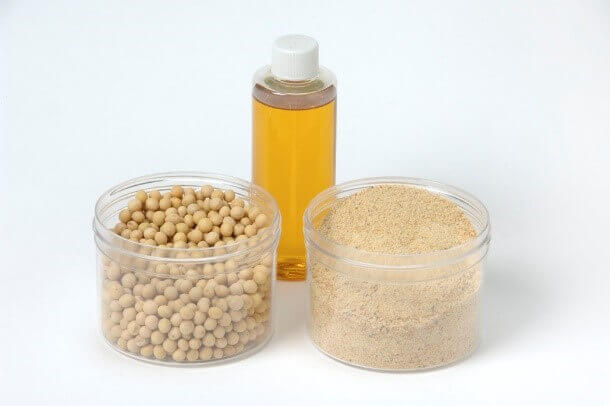Benefits of Higher Fat Diets: Part 1, Definitions

When animal diets are formulated, at times it’s assumed that a sort of “cookie cutter” approach is taken. This means that all of the ingredients and corresponding nutrient information are put into a formulation program, which then generates a least-cost formulation. This diet is then prepared and used.
Only at a very basic level is this approach used – to be sure, these things happen (ingredient data, formulation program, least-cost calculation), but any nutritionist with any experience uses it. General philosophies, informal risk assessments, and localized historical evidence each play a part.
An important part of any diet formulation is the level of fats or oils (these two terms are often used interchangeably but have distinct differences) in the complete diet. Some nutritionists and producers try to minimize the amount of fat (for various reasons), while other will increase the total amount of fat in a formulation. In this post and several to follow, I’m going to discuss the advantages of using a somewhat higher amount of fat in the diet, and how to best accomplish this goal.
But, as with anything, we have to define “higher fat diet”. Most animal diets have added fats or oils.
For broiler, layer, and swine formulations, it’s common to include animal fats or vegetable oils in order to increase the energy content of the diet (fats and oils are energy rich); to increase palatability; and/or to reduce the dustiness of a mash diet. It’s also possible to apply a layer of fat after pelleting a complete diet. The total fat content of these diets is often 1-5%, but formulations approaching 9-10% are possible.
Dairy rations, especially TMR’s (total mixed rations – every ingredient, including forages, mixed together before feeding), include limited amounts of fat for many of the same reasons. In addition, some ingredients provide rumen by-pass fat in order to boost milk production by supplying energy to the cow. The general rule for total fat in a dairy formulation is to maintain the level at 5% of the dry matter or less in order to avoid disruptions in rumen fiber degradation. However, with elevated by-pass fat in a particular ingredient, it may be possible to exceed this level without harming rumen function.
For aquaculture and pet diets, much greater levels of fat are often included. For example, carnivorous fish are often fed diets with 20% or greater levels of fat, and even omnivorous fish like tilapia are fed diets containing 10% or less fat. Cat diets can contain 20% or greater levels of fat, while dog diets often contain 10-15% fat.
It’s important to note that when I discuss the benefits of higher fat diets in future blog posts, I’m referring to levels of fat and/or oil within these normal levels outlined here (unless otherwise noted). In addition, the implications of specific types of fats and/or oils will also be dealt with.



